The strangest meme: Can a name change help it catch up with the privacy narrative?
A token born from meme culture is now attempting to evolve into infrastructure.
A token born from Meme culture is now attempting to evolve into infrastructure.
Written by: Nicky, Foresight News
Traditional privacy coins attempt to solve the problem of "hiding on-chain," but rarely answer a more realistic question: if the essence of money is a right certificate that can be physically transferred, how can digital currency flow off-chain?
The emergence of ZERA is precisely an attempt to address this gap. Recently, privacy sector tokens have performed strongly, with ZERA seeing a maximum increase of over 150% this month and a current market cap of about $27 million.
ZERA’s predecessor was M0N3Y ("Monopoly Money"), a completely community-driven Meme token. The early token design emphasized circulation and community participation, with no VC allocation and 100% in circulation. As the team’s vision for privacy, zero-knowledge (ZK), and digital cash became clearer, they hoped to transform the project from a purely speculative community into a long-term privacy protocol. However, the old token system could not support the new project requirements.
The token migration started on September 25 and ended on October 2. On the day the migration ended, M0N3Y’s highest market cap reached $40 million, attracting the attention of many investors. However, after the successful migration, ZERA’s market cap remained around $25 million, a drop of 37%. Some early investors in the community were shocked by the sharp decline caused by the migration; however, there were also investors who saw ZERA as a rare project attempting to shift a Meme community towards infrastructure building.
ZERA is launched by Zera Labs, operates on Solana, and is positioned as a zero-knowledge privacy layer designed to convert users’ existing assets into private, offline-transferable digital cash. Unlike traditional privacy coins, ZERA uses a direct deposit architecture, allowing users to enjoy privacy protection without converting assets into project tokens.
Users can convert USDC, USDT, SOL, and other assets into a "digital note" based on cryptographic commitments, which can be transferred offline and finally settled on-chain via zero-knowledge proofs. In other words, it attempts to re-bridge "blockchain transactions" with "real-world settlement," enabling digital currency to have the portability of cash while retaining the trustworthiness of on-chain verification.
ZERA combines cryptographic primitives such as the Poseidon hash function, Groth16 zero-knowledge proofs, and Pedersen commitments. Its core lies in enabling offline peer-to-peer transaction capabilities, allowing value transfer via NFC, Bluetooth, or QR codes without the need for an internet connection.
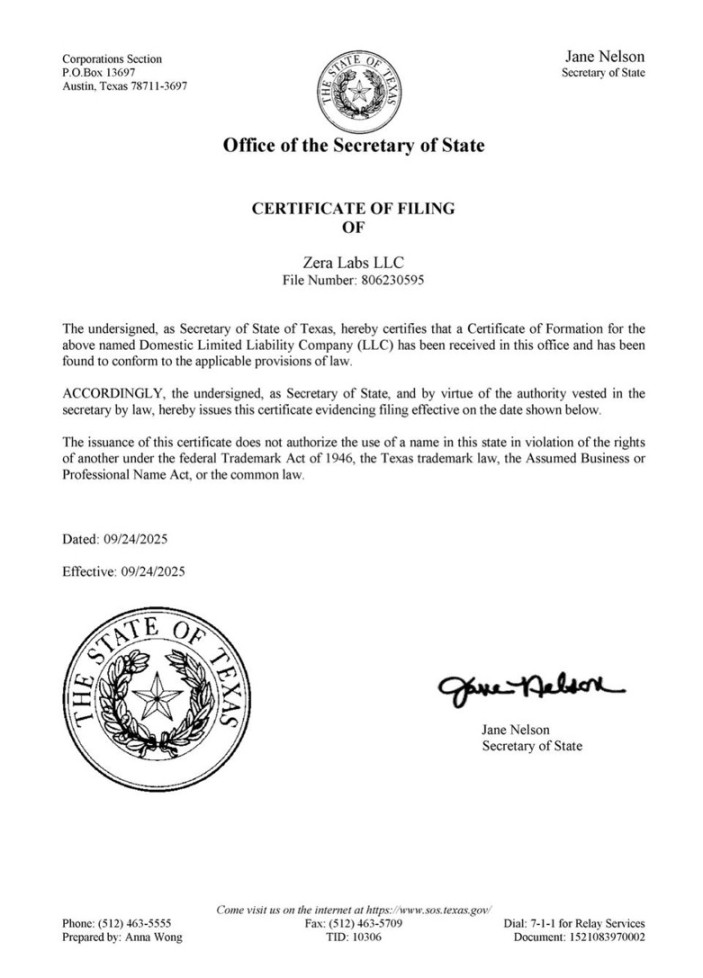
ZERA was initially launched as an academic research project, with plans to publish as a doctoral thesis, but community support prompted a shift to commercial development and gradual transition to a company structure, led by developer Dax. He previously worked at MetaMask and tech companies including Twitter, with a background in finance and engineering, and has also attracted the attention of Solana co-founder toly. Public information on other team members is limited, but they have announced plans to hire senior engineers to support future product development.
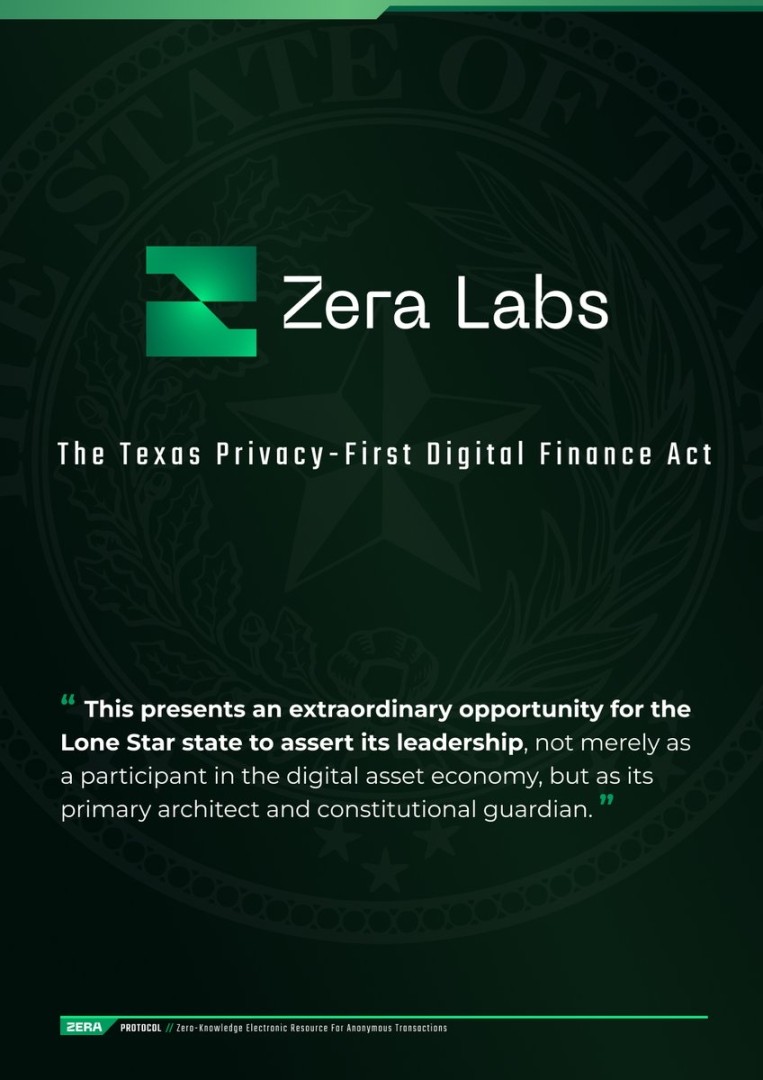
Unlike many privacy projects, ZERA does not make "regulatory resistance" its core narrative. Zera Labs is actively engaged on the policy front, including promoting the "privacy-first digital finance bill" draft in Texas, aiming to establish a legal framework for crypto credentials, selective disclosure, and cryptographic proofs.
In terms of tokenomics, ZERA attempts to directly link "usage behavior" with "token supply contraction." When users mint assets into certificates, they must consume and burn a certain proportion of ZERA tokens, and may also need to provide additional collateral to protect the liquidity pool. When liquidity is insufficient or the burn path is limited, the protocol retains a mechanism to buy back tokens from the secondary market for burning. This model is still in the parameter testing phase, and the final proportions will be adjusted based on on-chain usage data and governance discussions.
The M0N3Y token was initially launched on the pump.fun platform, with a total supply of 1 billion, all in circulation and with no team or VC allocation. In October this year, M0N3Y completed a 1:1 token migration to ZERA. The main reason for the migration was that the old contract architecture lacked native support for burning and buyback mechanisms, and could not flexibly adjust split ratios, verification functions, or multi-asset compatibility, thus restricting the protocol’s supply elasticity in the new phase. The migrated token contract allows a portion of protocol fees to be used for market buybacks, and supports dynamic burning based on usage rather than fixed inflation or static distribution.
At the same time, ZERA has gradually shifted from relying on community contributions to supporting R&D through liquidity pool fees, and has migrated the pool from Raydium to Meteora/DAMM v2, so that fee income flows back into R&D itself.
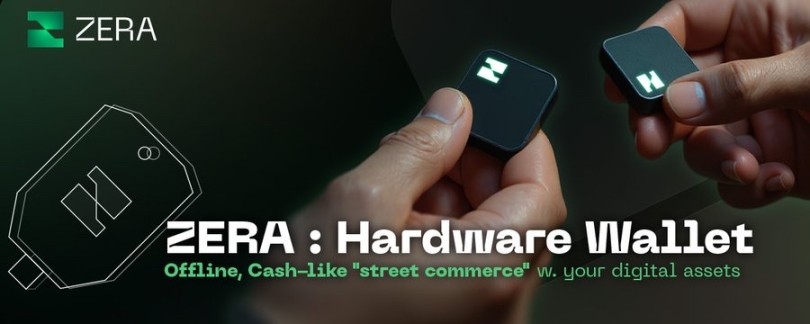
In terms of product form, ZERA does not position itself as "just a wallet." The current demo version mainly enables asset conversion, offline transfer, and online settlement via browser. The team plans to gradually launch desktop and mobile versions, and explore hardware devices with NFC, moving proof generation and key management to local chips to reduce reliance on centralized clients. The ultimate plan is to release a hardware wallet device to achieve fully offline "street commerce" scenarios.
The long-term vision is to build a complete zero-knowledge privacy stack, providing developers with software development kits and APIs to extend privacy protection capabilities to wallets, commerce, and decentralized finance application scenarios. The project also plans to explore advanced features such as private swaps, OTC settlement, and shielded liquidity provision.
ZERA originated from Meme, but seeks to break away from the Meme narrative. After the frenzy, price crash, community division, and migration turmoil of M0N3Y, ZERA has chosen to shift its focus from "speculative consensus" to "usability consensus." The goal is to make "Meme" truly usable, and even serve as the settlement layer for the real world.
Disclaimer: The content of this article solely reflects the author's opinion and does not represent the platform in any capacity. This article is not intended to serve as a reference for making investment decisions.
You may also like
XRP price at risk of a 25% drop to $1.55: Here is why
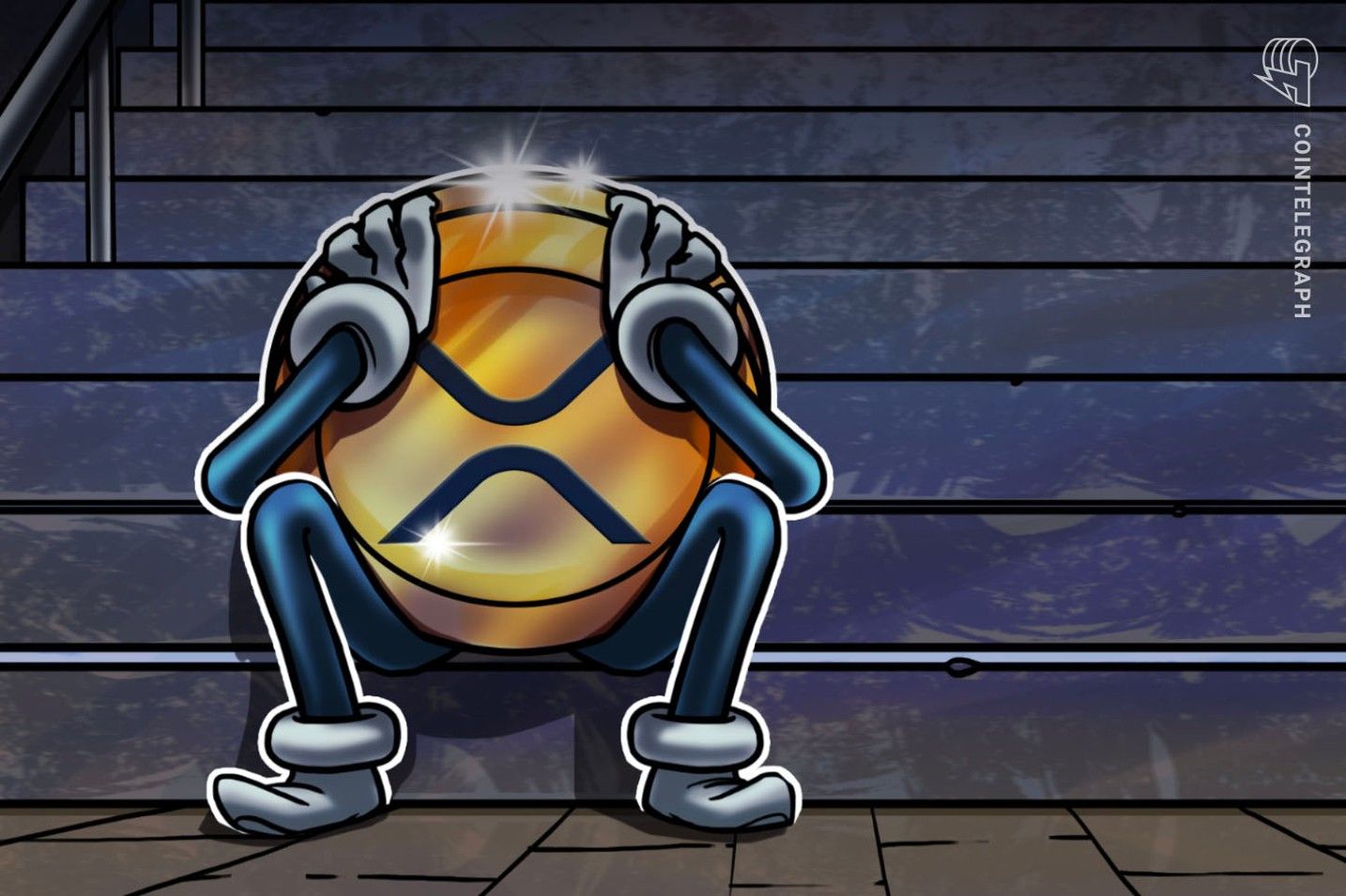
Bitcoin downtrend accelerates, but traders eye short liquidity at $100K
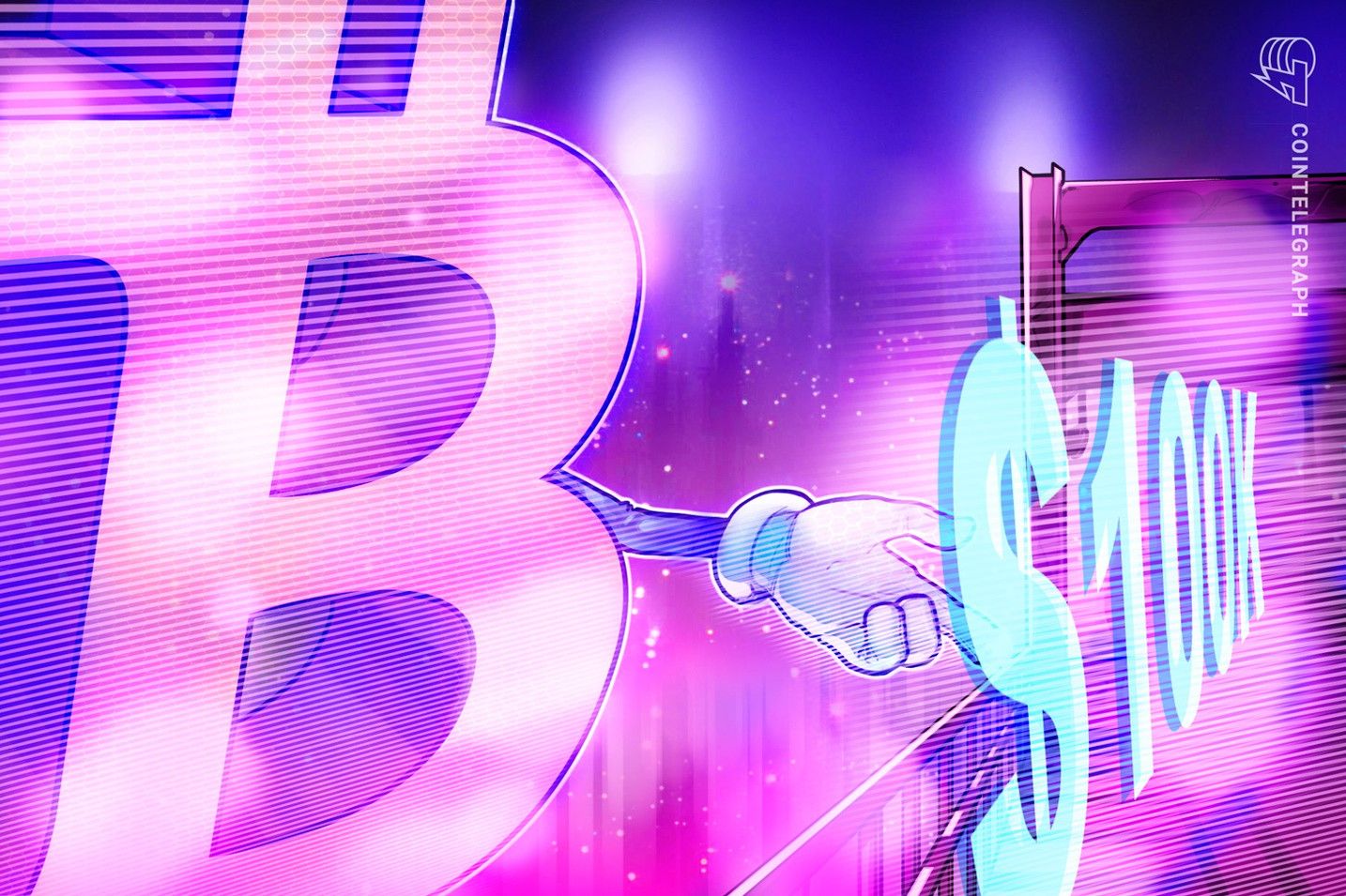
MicroStrategy splurges $800 million, Harvard’s holdings surge 200%: Are whales bottom-fishing or is this the prelude to a bull trap?
MicroStrategy and Harvard University increased their positions against the trend during the bitcoin market correction—MicroStrategy purchased 8,178 bitcoins, and Harvard increased its holdings in BlackRock’s bitcoin ETF. The market shows a pattern of retail investors selling while institutions are buying, but the scale of institutional accumulation is difficult to offset the pressure from ETF capital outflows. Summary generated by Mars AI This summary was generated by the Mars AI model, and its accuracy and completeness are still being iteratively updated.
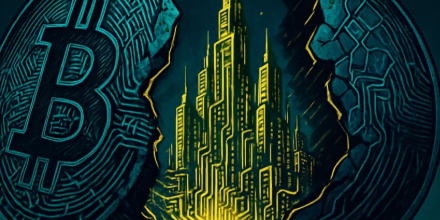
Rebuilding Order Amid Crypto Chaos: Where Will the Next Wave of Liquidity Come From?
